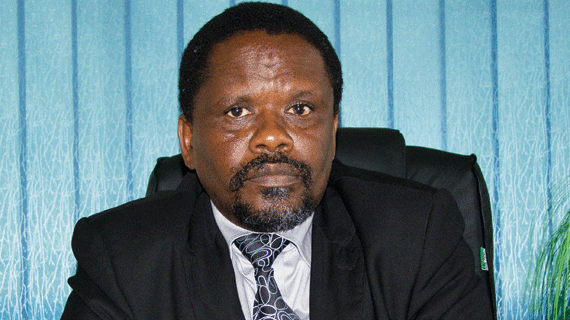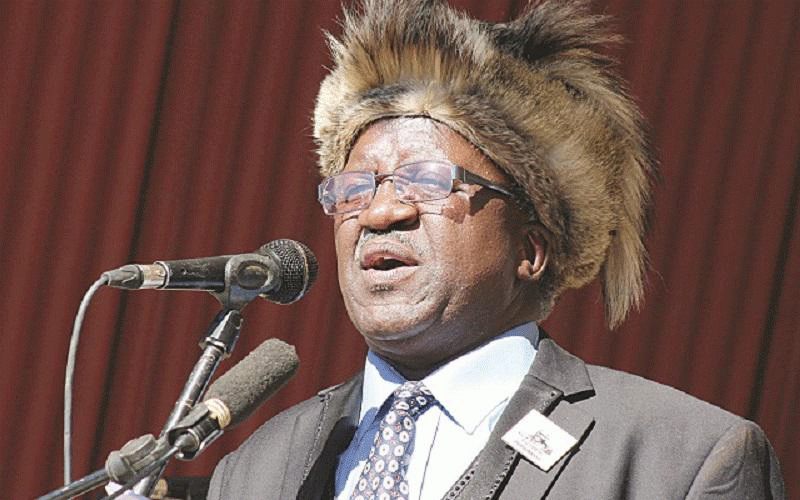
ZIMBABWE is made up of 10 provinces: Matabeleland North and South, Mashonaland East, West and Central, the Midlands, Masvingo, Bulawayo, Manicaland and Harare.
This analysis is going to look into education, sociopolitico, ethnicity, religion, economy and Ubuntu issues within the said regions. Social aspects have to do with the day to day lifestyles, while the political dimensions deal with how the ruling class rules its subjects.
Ethnicity interests itself in tribal and dialectical differences, customs and values of a given tribe or race.
The religion takes into account the supernatural world, be it Christianity or ancestral spiritualism.
On the other hand the State economy of any given country determines whether the standard of living is high or low and issues like the poverty datum line (meaning amount that is needed by the poorest family to keep its nose above water). Finally, Ubuntu caps it all, the generally good conduct of a given people and the principles that govern or shape a given society.
It is an open secret that Matabeleland provinces are the least growing in population, while the other provinces are endowed with baby booms. From a production metaphor, mass production increases the rate of defective end products. On the other hand purpose-made products are expensive and scarce rendering them a protected species.
The other eight provinces are maternally dominated, while Matabeleland South and North are paternally driven. The last two’s historical background is king or chieftainship governed, while the eight did not have a pronounced administrative system.
This then explains the unquestionable loyalty by the region, leading to some people taking the region for granted. A random survey will show the provinces that are notorious for examinations leaks, salarygate scandals and Ubuntu crisis.
- Chamisa under fire over US$120K donation
- Mavhunga puts DeMbare into Chibuku quarterfinals
- Pension funds bet on Cabora Bassa oilfields
- Councils defy govt fire tender directive
Keep Reading
Missionaries were the backbone of the education system. Missionary schools like Solusi University, Empandeni, Kutama, Morgenster to name a few are, clear testimonies to missionary work. Political power houses are Mashonaland West, Manicaland and Masvingo. This triangle has outlived critics.
The Zezuru, Manyika and Karanga continue to jostle for political power. This in turn is further enhanced by the composition of the Dare reChimurenga or War Council. This council comprised of Robert Mugabe, Josiah Magama Tongogara, Herbert Chitepo, Rugare Gumbo, Kumbirai Kangai, Edgar Tekere, Kudzai Midzi, Henry Hamadziripi, Noel Mukono, John Mataure and Emerson Mnangagwa.
The surviving members of the Dare reChimurenga are Mugabe, Mnangagwa and Gumbo. (Source: Tweet by Mugwagwa published November 2012.)
With strategic positioning of cadrés, it is therefore not surprising to see excellence in corruption, education, political and social advancement of certain regions, while others lag behind. Bulawayo in particular and Matabeleland in general are feed lots for political hawks.
These provinces are only useful as tongs for raking in desirables, after which the tongs are dumped. Loyalty remains the centre pin that attracts the hawks from other provinces.
There was the issue of indigenous banks. The closure of banks was a smokescreen, when in fact the onslaught was against Mthulisi Ncube’s Barbican Bank. It is unheard of (in their view) that somebody hailing from Matabeleland could own a bank. As a result, people from the southern regions have perfected the art of being apologetic.
When people demonstrated at DHL Harare to have a foreign manager sent back home, it was okay. When Cowdray Park residents demonstrate to protect jobs for their children, Eunice Sandi-Moyo shouts tribalism; not surprising because she is singing for her supper. However, Ruth Labode and Dorcas Sibanda must convince Matabeleland how caring their party is about the region.
The stronghold is a voter base, but not so with ministerial positions. A comparison of Beitbridge and hotbeds like Murambinda and other growth points will tell you HIV and Aids prevalence is expected to be severe in a densely populated area.
Again with the on-going migration to the southern region, even a child will tell you who is occupying every space anywhere. It is therefore, not correct to say Matabeleland leads in HIV and Aids cases.
In poverty, yes because it is so planned by the powers that be. Proponents of the blame game would want us to believe poverty has its origins from the colonial era. While this could be true, the question begging for an answer is who has been responsible for running down, if not destroying the whiteman’s infrastructure?
Ask any old man, he will tell you they were better off during the Ian Smith regime era. May I quickly say, whites were not saints, but what is most painful is to be oppressed, discriminated on by your yesteryear liberators. These people have an insatiable appetite for amassing corrupt wealth.
The grapevine has it that four (4) locomotive engines donated by a certain company have disappeared into thin air like the Malaysian airplane. In conclusion, the regional development or lack of it, follows the pattern of Dare reChimurenga godfathers.
Other provinces are there to ice the cake, but not eat it. The Red Indians got all well way back, “no representation, no taxation”. Come Aboard! — no plundering of our resources without our permission.
Moses Tsimukeni Mahlangu is the general secretary for Zimbabwe Urban Councils Workers’ Union. He is a labour consultant and arbitrator. Feedback: Email: [email protected] Cell: 0775 547 120 or 0712 864 275










